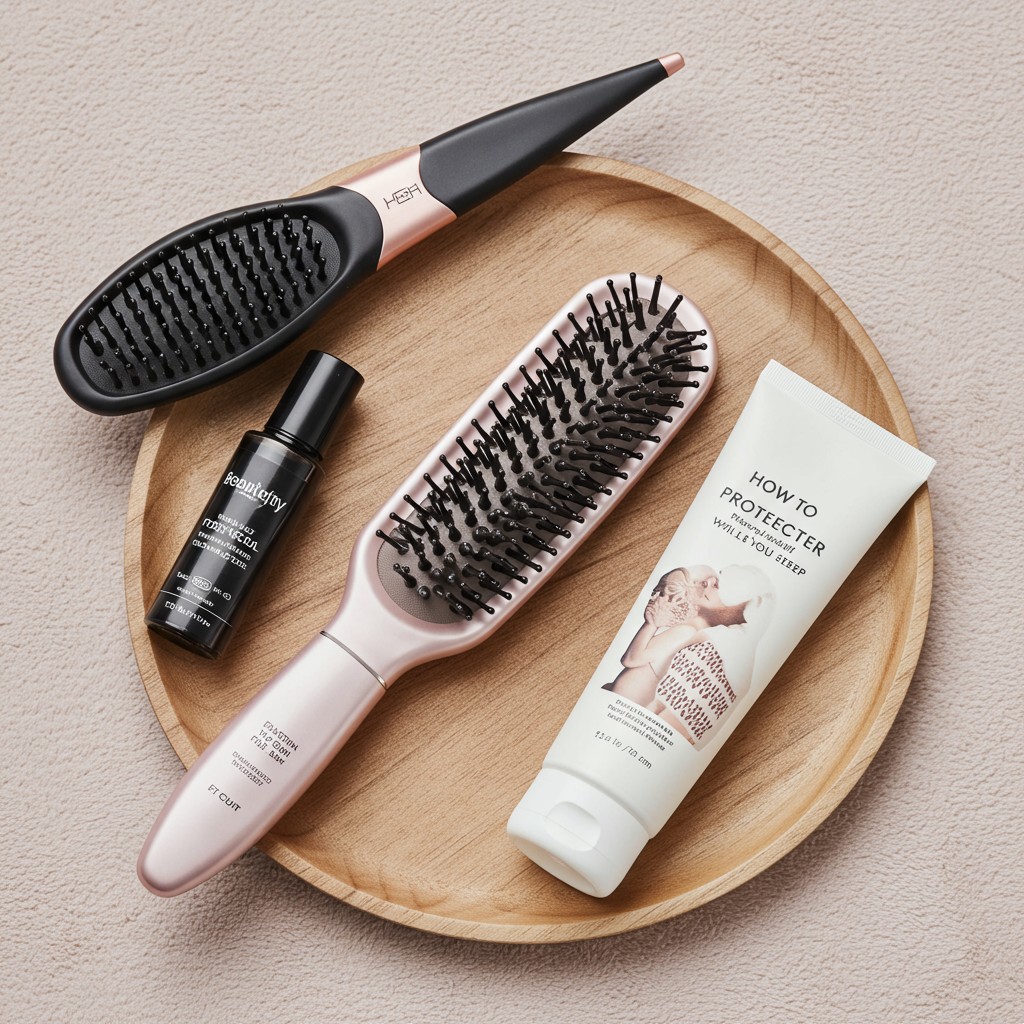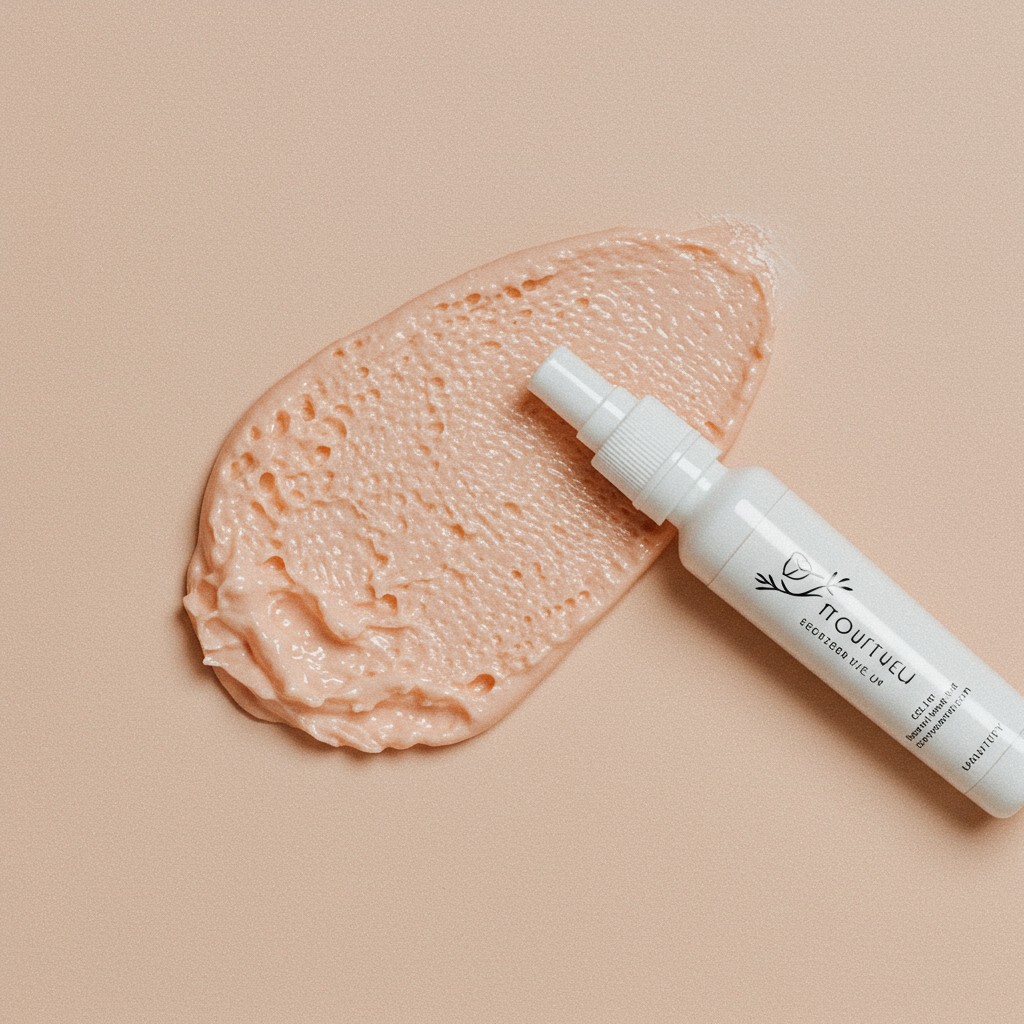You might have a perfect daytime haircare routine, but what happens when you go to bed? Tossing and turning for eight hours can cause friction, leading to breakage, frizz, and tangled messes in the morning. Learning how to protect hair while sleeping is a game-changer for maintaining healthy, beautiful locks. It’s an essential step that locks in the benefits of your daytime products and prevents unnecessary damage. In this guide, we’ll explore simple yet effective nighttime strategies to ensure you wake up with hair that’s as refreshed as you are.
The goal is to minimize friction and tension. When your hair rubs against a cotton pillowcase, the coarse texture can lift the hair cuticle, causing frizz and snapping weak strands. Similarly, tight hairstyles can pull on your roots, leading to a condition called traction alopecia over time. By making a few small adjustments to your routine, you can create a gentle environment for your hair to rest and recover overnight. Let’s dive into the best practices, from hairstyles to accessories.
The best hairstyles for sleeping
Choosing the right hairstyle is your first line of defense against nighttime damage. The key is to keep your hair contained without putting stress on the follicles. Avoid tight ponytails or buns that pull at your hairline. Instead, opt for loose, gentle styles that keep your hair from tangling as you move.
- Loose Braid: A single, loose braid is one of the best hairstyles for sleeping. It keeps your hair from tangling and can create beautiful, heatless waves by morning. Just be sure to secure it with a soft tie, like a silk scrunchie, to prevent creasing and breakage.
- The Pineapple: This is a favorite for those with curly or wavy hair. Gather your hair into a very high, loose ponytail on top of your head, allowing your curls to fall forward. This protects the curl pattern and prevents it from getting crushed while you sleep.
- Loose Bun: A bun secured loosely on top of your head can also work well. Use a soft scrunchie or spin pins instead of a tight elastic band to hold it in place without causing tension or kinks.
Why a silk bonnet or pillowcase is a must-have
If you’re serious about hair protection, investing in silk or satin is non-negotiable. One of the greatest silk bonnet benefits is its ability to reduce friction. Unlike cotton, which absorbs moisture and has a rougher texture, silk provides a smooth, slippery surface for your hair. This means your strands glide across the fabric instead of snagging and breaking. A silk bonnet encases your hair, providing 360-degree protection, which is especially helpful if you toss and turn a lot.
A silk or satin pillowcase offers similar benefits and is a great alternative if you find bonnets uncomfortable. It not only protects your hair but is also great for your skin, as it helps prevent sleep creases and moisture loss. At ScentSphere, we believe in holistic care, and choosing the right fabrics for your nightly routine is a crucial part of that. You can explore our range of self-care essentials over at the ScentSphere shop.
The truth about sleeping with wet hair
We’ve all been there: you’re too tired to blow-dry your hair after a late-night shower. But is sleeping with wet hair really that bad? The short answer is yes, it can be. Hair is at its most vulnerable when it’s wet. The protein bonds are weaker, making the hair shaft more elastic and susceptible to stretching and snapping. When you toss and turn on wet hair, the friction against your pillowcase can cause significant breakage and damage that you won’t see until it’s too late.
Furthermore, a damp pillowcase can become a breeding ground for bacteria and fungus, which can lead to scalp issues like dandruff. If you absolutely must sleep with wet hair, try to let it air-dry as much as possible first—at least until it’s damp rather than soaking wet. Applying a leave-in conditioner can help add a layer of protection, and sleeping in a loose braid can minimize tangling.
Is it better to sleep with hair up or down
It is generally better to sleep with your hair up in a loose protective style like a braid or a high bun. This prevents tangles and friction. Leaving it down can lead to knots and breakage especially if you move a lot in your sleep.
Does a silk or satin pillowcase make a difference
Yes it makes a huge difference. Silk and satin create less friction than cotton so your hair glides over the surface. This reduces breakage frizz and moisture loss from your hair and skin. It is a simple swap with significant benefits.
Is it damaging to sleep with wet hair
Yes sleeping with wet hair can be damaging. Your hair is in its most fragile state when wet making it more prone to stretching and snapping from friction against your pillow. It can also create a damp environment for bacteria to grow on your scalp.




